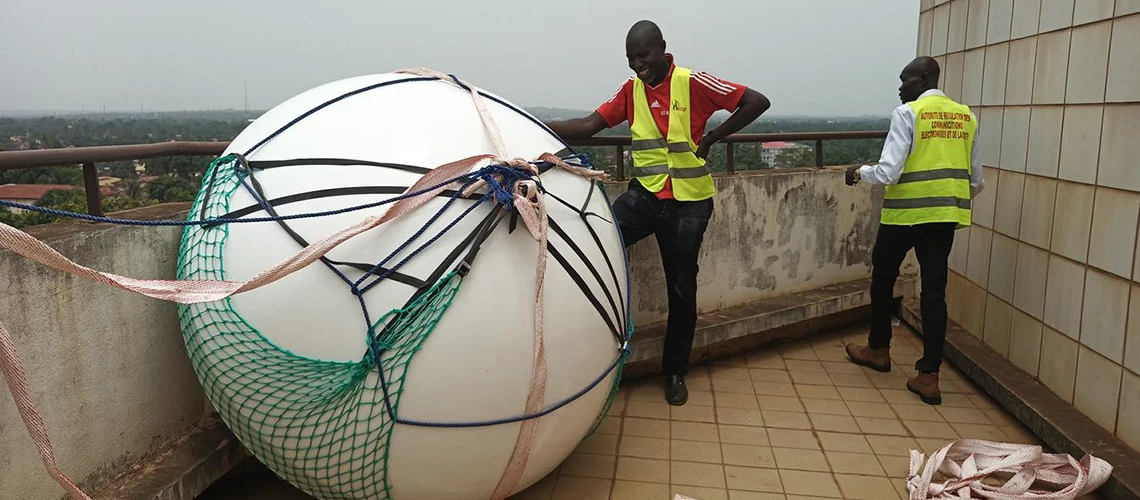
In CAR, the mobile phone is more than just a tool for communication; it’s the primary way most people access the internet. But the quality of service is inconsistent, and mobile data remains expensive.
While mobile operators provide coverage and services, the country’s telecom regulator, ARCEP, has long struggled to independently monitor performance or hold providers accountable. That’s now starting to change.
With support from the World Bank’s Public Sector Digital Governance Project (PGNSP), the government has taken concrete steps to strengthen ARCEP’s ability to regulate the sector.
One of the biggest breakthroughs came in April 2024, when a new suite of digital monitoring equipment was officially launched at ARCEP’s headquarters in Bangui. For the first time, the regulator can now analyse detailed, real-time data on how mobile networks are performing, without having to rely solely on what operators choose to share.
This new platform collects both statistical and event-based data directly from the networks, covering everything from call quality to internet speeds to dropped connections. With a capacity of 80 terabytes of storage, it allows ARCEP to monitor patterns over time, detect anomalies, and better understand what’s happening across the country.
Equally important is the new spectrum management system. A high-tech antenna can pick up frequency signals up to 60 kilometers away. This makes it possible for ARCEP to detect interference or unauthorized spectrum use, a critical step in managing the airwaves fairly and efficiently.
But digital tools alone don’t make a strong regulator. That’s why the project also supported a 22-week training program for ARCEP’s staff. More than 50 employees participated in sessions, covering everything from network analytics to regulatory law. The program included immersive workshops in Bangui and a study tour in Casablanca to learn from other regulators in the region. Altogether, ARCEP staff completed over 7,000 hours of training.
What’s striking is how much this shift is changing the way the institution works. As one staff member told us during a recent mission: “Before, we were blind. Now, we can finally see what’s happening in real time.”
These improvements might sound technical, but they have real-world consequences. Stronger oversight means operators are more likely to improve their service. It means fairer use of public resources like radio frequencies. And ultimately, it means better, more affordable connectivity for the people of CAR.
This work may not make headlines, but it’s essential. In fragile contexts, progress often starts behind the scenes, by strengthening the institutions that make a digital future possible. ARCEP’s journey is a good reminder that meaningful change doesn’t always come in the form of a new app or a satellite. Sometimes, it comes from building trust, capacity, and systems, one piece at a time.


